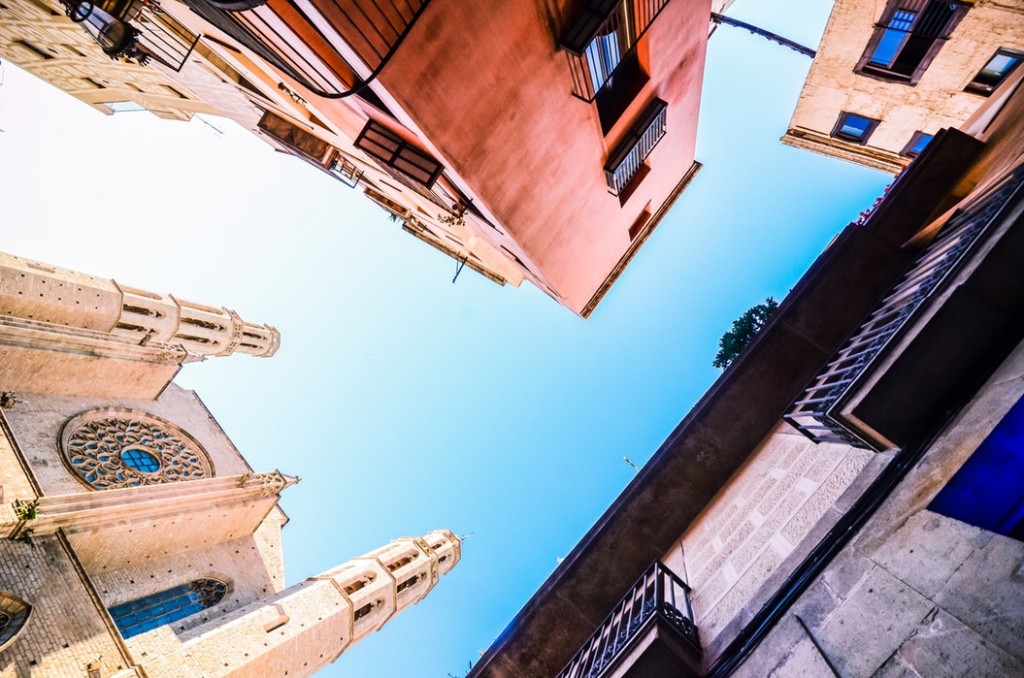Report by Lucy Peters.
Famed for its colorful and buzzing neighborhoods and tiny streets of the Gothic Quarter, Barcelona may seem like it is off limits and too daunting for travelers with limited mobility. On the contrary, Barcelona is an ideal city for those who have access requirements. The legacy of hosting the Olympic Games has resulted in a highly accessible city, welcoming visitors with mobility needs and providing everything from accommodation in beautiful buildings through to easy ways to get around.
Getting around the city
Barcelona buses are very wheelchair friendly – they have a special ramped access for travelers with mobility needs, making it one of the best public transport choices for getting around the city and seeing the sights. You can also take the Metro, but it’s worth noting that some of the major Metro stops don’t have a lift. Choosing or customizing your mobility vehicle is much easier these days, so visitors can choose the right mobility option for a city break. For visitors who prefer not to travel solo, there are plenty of options for group travel or guided tours around the main attractions.
Visiting the sights
Barcelona beach is blessed with a wide, flat promenade which has wheelchair accessible routes which run alongside the beach, with a number of walkways which lead down to the sea. You can even find beach wheelchairs in some locations along the beach. Las Ramblas, which is one the main streets running from Plaça Catalunya down to the seafront. It can be busy at certain times of the day but is very wide and fairly flat. Many travellers with wheelchairs start at Plaça Catalunya and roll down to the sea as it’s slightly sloped. As an alternative, there are buses which run the length of Las Ramblas and make it slightly easier. Many visitors arrive in Barcelona wanting to visit Gaudi’s magnificent buildings. Visitors can get to the Sagrada Familia, Park Güell, and Casa Mila by using the blue bus tour line. Barcelona’s medieval quarter (Barri Gotic) is also fairly free of cobblestones, making it easy to navigate around and there are tours specifically aimed at wheelchair users.
And there’s the food. Barcelona is a gastronomic capital, bursting with thousands of bodegas and tapas bars, offering tasty titbits in abundance, such as Gambes a la planxa (grilled prawns with garlic), Pernil iberic (cured ham) or Pa amb tomàquet: (bread rubbed with tomato and garlic). Many tourists visit Barcelona for the food alone, and it’s easy to see why.
For more information, http://www.barcelona-access.co






One comment on “Navigating Barcelona with Mobility Needs”